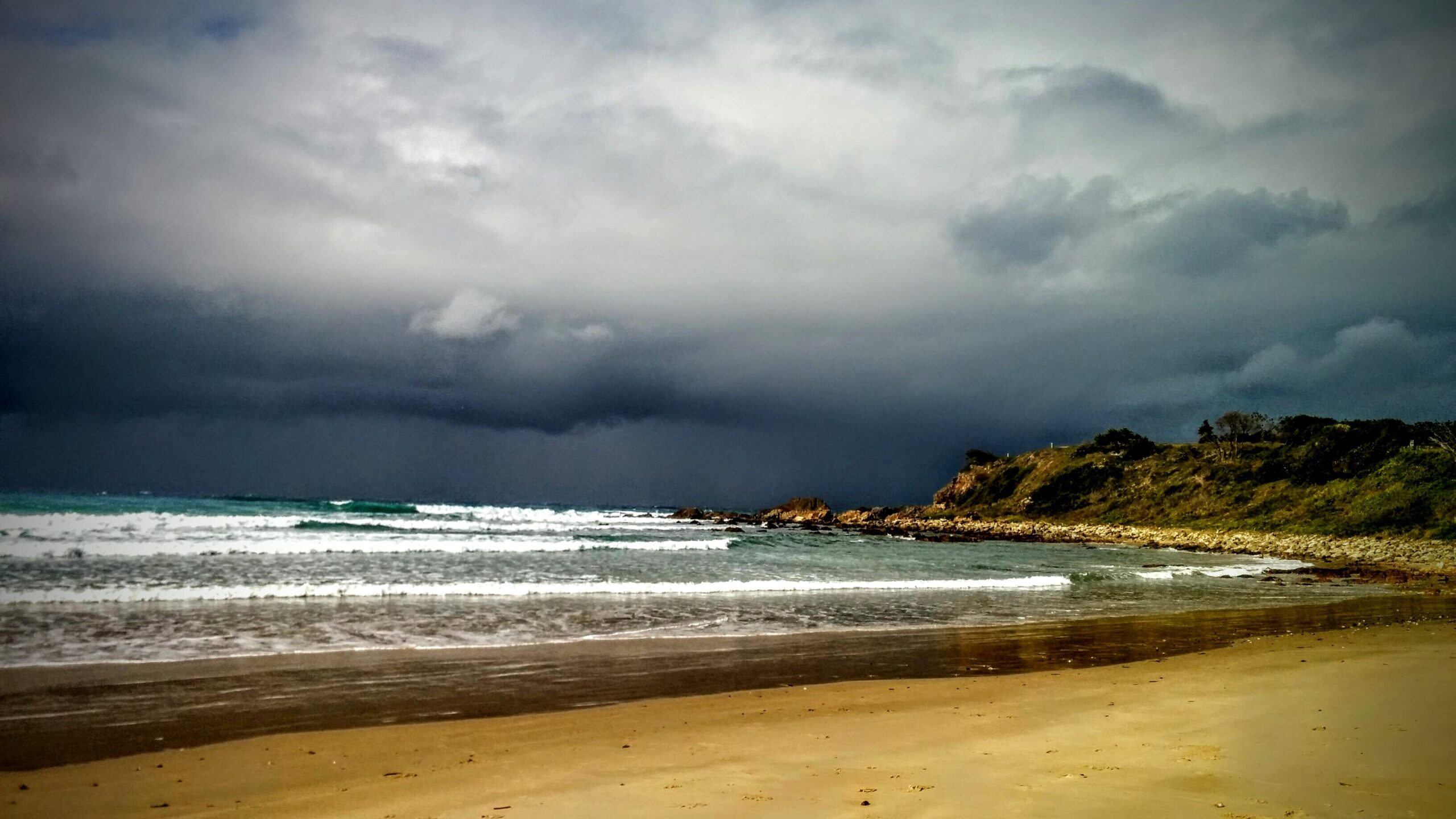Australia has to deal with some of the most formidable weather patterns on the planet. Storms stand out for their intensity and frequency, affecting the country’s environment and its people. Different types of storms impact parts of Australia in a variety of ways.

Australia’s unique geographical location and climate contribute to its storm activity. Some of the factors include:
- Latitude and Geography: Proximity to the equator influences tropical cyclone formation, while varying terrain affects local weather patterns.
- Ocean Temperatures: Warm ocean waters provide energy for tropical cyclones and thunderstorms.
- Climate Phenomena: Events like El Niño and La Niña can alter weather patterns, influencing the frequency and intensity of storms.
These factors cause a variety of storms that impact different regions of Australia including:
1. Thunderstorms
Thunderstorms are a common occurrence across Australia, especially during the warmer months. These storms are characterized by lightning, thunder, heavy rain, and sometimes hail. In regions like the Northern Territory and Queensland, thunderstorms can be almost daily during the wet season (November to April).
Key Features:
- Lightning and Thunder: Frequent and intense, posing risks of fires and injuries.
- Heavy Rain: Can lead to flash flooding, particularly in urban areas with poor drainage.
- Hail: Large hailstones can cause significant damage to crops, vehicles, and buildings.
2. Tropical Cyclones
Tropical cyclones, known in other parts of the world as hurricanes or typhoons, are powerful low-pressure systems that form over warm ocean waters. Northern Australia, including parts of Queensland, the Northern Territory, and Western Australia, is particularly vulnerable to these storms from November to April.
Key Features:
- Strong Winds: Can exceed 200 km/h, leading to widespread destruction.
- Heavy Rain: Causes flooding and landslides, disrupting communities.
- Storm Surge: Elevated sea levels can inundate coastal areas, causing severe damage.
3. East Coast Lows
East Coast Lows (ECLs) are intense low-pressure systems that occur off the east coast of Australia, particularly affecting New South Wales and southern Queensland. They can occur at any time of the year but are most frequent from late autumn to early winter.
Key Features:
- Intense Rainfall: Can lead to significant flooding.
- Strong Winds: Can cause coastal erosion and damage to infrastructure.
- Cold Weather: Often brings cold, wet, and windy conditions to affected regions.
4. Dust Storms
Dust storms are common in Australia’s arid and semi-arid regions, where loose soil and dry conditions prevail. These storms are typically more frequent during drought periods and can transport dust over vast distances.
Key Features:
- Reduced Visibility: Can drop to near zero, posing a hazard to transportation.
- Health Risks: Fine particles can cause respiratory issues.
- Environmental Impact: Dust deposition can affect soil and water quality.
Impacts of Storms
Storms cause significant economic losses in Australia. Damage to infrastructure, homes, and businesses can amount to billions of dollars. Agriculture is particularly vulnerable, with crops and livestock often severely affected by storms.
However storms play a role in shaping Australia’s natural landscapes. While they can cause destruction, they also replenish water supplies, support ecosystems, and contribute to soil fertility through natural processes like flooding and lightning-induced fires.
Communities in storm-prone areas face various challenges, including property damage, displacement, and health risks. Emergency services and community resilience are crucial in mitigating these impacts. Public awareness and preparedness campaigns help people better understand how to protect themselves and their property.
Adapting to Storms
Australians have developed various strategies to adapt to the challenges posed by storms:
- Constructing buildings to withstand strong winds, using flood-resistant materials, and designing effective drainage systems are essential for minimizing storm damage.
- Advancements in meteorology have improved storm prediction and early warning systems. Authorities issue alerts to help communities prepare and take necessary precautions.
- Public education campaigns emphasize the importance of having emergency plans, knowing evacuation routes, and keeping emergency kits ready.
- Efforts to manage natural resources, such as reforestation and soil conservation, help reduce the impact of storms and improve the resilience of ecosystems.
Storms are an integral part of Australia’s natural environment, bringing both challenges and benefits. Understanding the different types of storms, their causes, and their impacts helps Australians better prepare and adapt. Through resilient infrastructure, advanced warning systems, and community preparedness, the nation continues to face the fury of nature with strength and resilience. Whether it’s a thunderstorm lighting up the sky or a cyclone roaring across the coast, Australia’s storms are a testament to the dynamic and powerful forces of nature.

